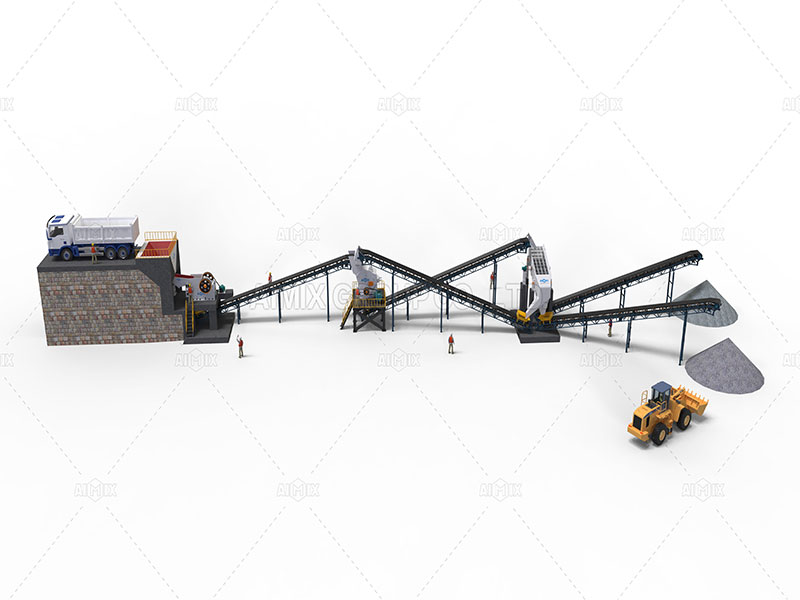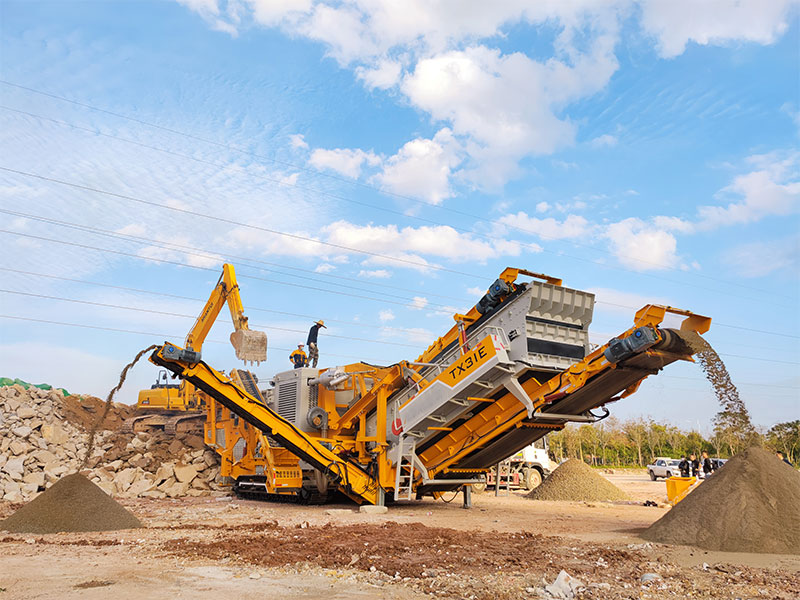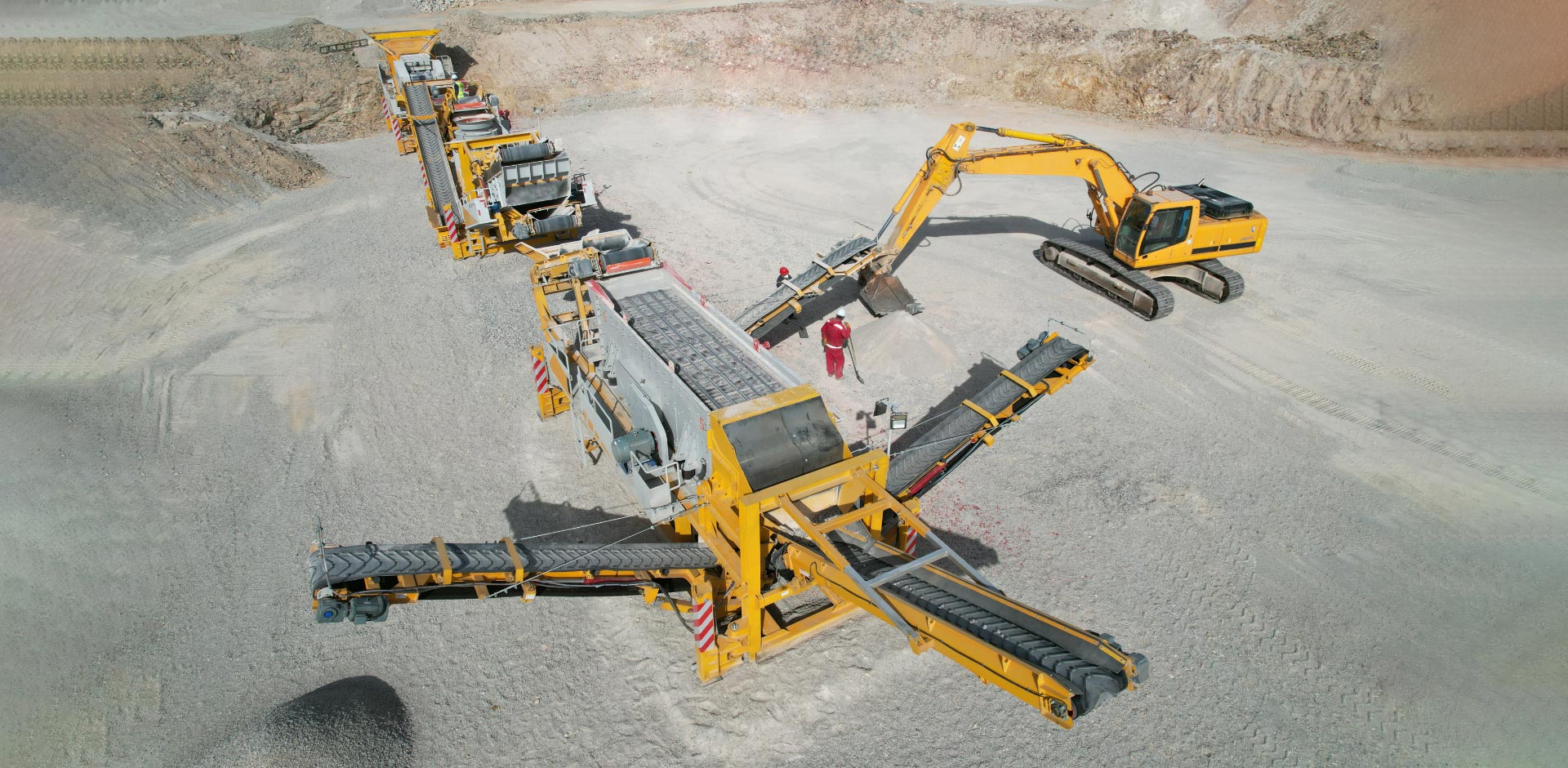In the ever-evolving world of crushing technology, the choices between stationary and mobile crusher plants represent a critical decision for industries involved in mineral processing, construction, and quarrying.
The Genesis of Stationary Crusher Plants
Stationary crusher plants often likened to the steadfast anchors of a construction site, have been the traditional choice for many years. These units are fixed to a specific location, providing stability and consistency in their operation. The stationary crushing plant for sale excels in scenarios where a constant supply of aggregate is needed, and the production parameters remain relatively consistent.

One of the primary advantages of stationary plants lies in their capacity to handle large volumes of material efficiently. These units are often equipped with robust crushers capable of handling heavy-duty applications. Additionally, stationary plants are known for their comprehensive control systems, allowing operators precise control over the crushing process.
The Mobile Revolution
In contrast, the rise of mobile crusher plants signifies a shift towards agility and adaptability. Mobile units have transformed the crushing landscape by providing on-the-go solutions to construction sites, quarries, and mining operations. The key characteristic of mobile plants is their ability to relocate easily, allowing operators to bring the crushing process directly to the source of raw materials.
The mobility of these units introduces a new level of flexibility to crushing operations. Mobile crusher plants are particularly advantageous in projects with changing demands or multiple sites, where the ability to move the crushing equipment quickly becomes a strategic advantage. This adaptability not only saves time but also reduces transportation costs associated with moving raw materials to a stationary plant.

Efficiency in Motion
The operational efficiency of mobile crusher plants extends beyond their mobility. These units are designed with a focus on reducing downtime and maximizing production. Quick setup times, ease of maintenance, and the ability to crush a variety of materials on-site contribute to their reputation for efficiency. Mobile crushers often come equipped with advanced features such as remote monitoring and telematics, providing real-time data on machine performance.
Comparative Analysis: Space vs. Mobility
A significant factor in the choice between stationary and mobile crushing plants is the spatial footprint. Stationary units typically require dedicated space for installation, including foundations and infrastructure. In contrast, mobile plants offer a more compact footprint and can be set up quickly without extensive groundwork. This becomes pivotal in projects with spatial constraints or those requiring frequent relocation.
Technology Integration: Bridging the Gap
As the crusher plant landscape evolves, both stationary and mobile units are incorporating advanced technologies to enhance their performance. Automation, telematics, and sensor-based systems are becoming standard features, providing operators with unprecedented control and insights into the crushing process. These technological integrations improve efficiency, reduce the risk of breakdowns, and contribute to a safer working environment.
Navigating the Future: The Hybrid Approach
In the ongoing evolution of crusher plants, a hybrid approach is emerging. Some manufacturers are developing units that combine the stability of stationary crushers with the mobility of their mobile counterparts. These hybrid systems aim to provide the best of both worlds, offering flexibility without compromising on the robustness and efficiency associated with stationary plants.
Conclusion: Adapting to Change
The crusher plant evolution showcases an industry adapting to the changing demands of construction and mining. Stationary units, with their steadfast reliability, continue to play a crucial role in scenarios demanding constant production. On the other hand, the mobile revolution brings a breath of fresh air, allowing industries to crush materials on-site, reducing logistical complexities, and increasing overall operational efficiency.
The choice between stationary and mobile crusher plants ultimately depends on the specific needs of the operation. As technology continues to advance, the line between these two approaches may blur further, offering a spectrum of solutions that cater to the diverse requirements of the modern industrial landscape. Whether anchored to a fixed location or navigating the construction site, crusher plants, in all their forms, remain at the core of material processing, shaping the infrastructure of our evolving world. View more information from Aimix Group China.
